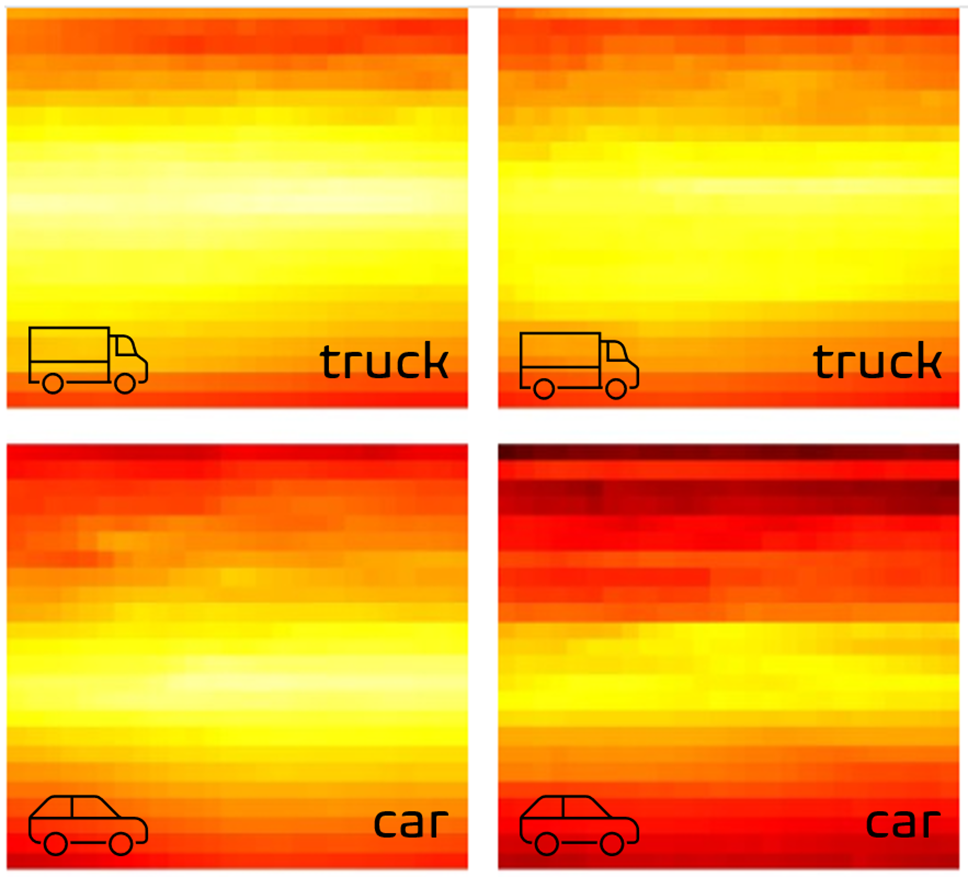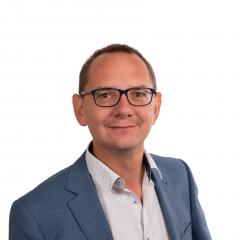
Artificial Intelligence and Machine Learning: the future of sound in pictures
There was no such thing as Artificial Intelligence 50 years ago. But senior advisors Bert Peeters and Erik van Gils have been getting to grips with it for several years now. With 19 years and 13 years with M+P respectively, they now have the necessary experience. They see great opportunities for Machine Learning, and are therefore not only looking at the past, but also to the future.
Hip and happening
Artificial Intelligence is an umbrella term for systems or machines that mimic human intelligence. One form of this artificial intelligence is Machine Learning; how can you make computers learn? These are “hip and happening” concepts, and it usually comes down to having the computer itself make a model based on the data it is given. A number of algorithms from Google, Facebook and other tech companies are freely available to everyone, and you can use and adjust them to your liking. It does require some software skills and ingenuity, however.
What can a sound expert do with image recognition?
“Some of our powerful tools are based on image recognition,” says Bert. “For sound, the technology is simply not developed sufficiently yet.” Eric further explains: “We decided to take a look at how we can use the image recognition software in our field. Can we enter sound as a “picture”? Our vehicle passage measurements can be graphically displayed in a spectrogram, which displays each frequency. These are intricate colour pictures, labelled by vehicle category, that we’ve fed into an image recognition model. This can then be used to tell the difference between whether a passenger car, motorcycle or truck drove past the measuring station. After inputting a few hundred measurements, the computer was able to recognise the pattern. That was our first experiment and it went pretty well.”
From Statistics to Big Data
“When we started at M+P, the discipline was still called “statistics”; nobody was talking about artificial intelligence at the time. Today we simultaneously measure everything we can measure, give it to the computer and say: “Good luck, make us a nice model!” The computer can make connections that we don’t see, and the world is more complex than we can express in mathematical formulas,” says Bert. “A computer can discover cross connections”, Erik adds. “For example, fuel consumption. This is influenced by wind, road surface, height differences and speed, while each one influences the other. Using a Machine Learning model for this requires a huge data input. Big Data, to use another modern term. Now we use the collected data from one of our own measuring buses, but the other vehicles on the road are also measuring themselves. In the long term, we want to work with a partner with access to data from a large number of vehicles. That really would be Big Data”
Work or hobby
Erik and Bert agree that at M+P, the boundary between work and hobby is blurred. “There’s plenty of room to make new things your own,” says Bert. “For example, by following courses, or listening to podcasts while on a long walk. Something I did regularly in Corona time.” Erik agrees. “If we find a topic really interesting, we just dive into it.” If they find time in their agenda, both colleagues meet to develop new working methods. After all, there’s no need to do everything in the same way as we have over the past ten years?
Interesting future plans
Bert is warming to the idea of being able to use a technique using a microphone that pulls sounds apart, as it were. “In a complex noise situation, the heart of Amsterdam for example, the sounds of people, trams, cars, birds and street music merge. The big question is, what are people experiencing as a nuisance, because the number of decibels does not tell the full story. It might be a saxophone blaring loudly across the square. And it might be the quieter traffic noise. How much noise is coming from where?” It promises to be a great Machine Learning project that will require a lot of data. And as far as Erik and Bert are concerned, the help of Artificial Intelligence is welcome.
